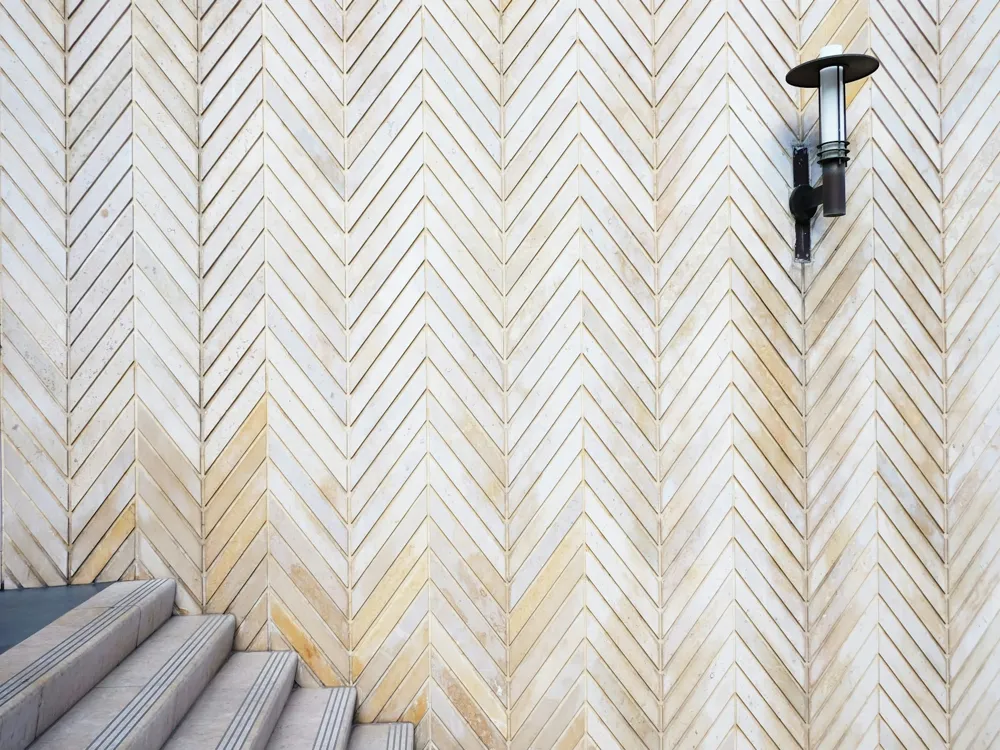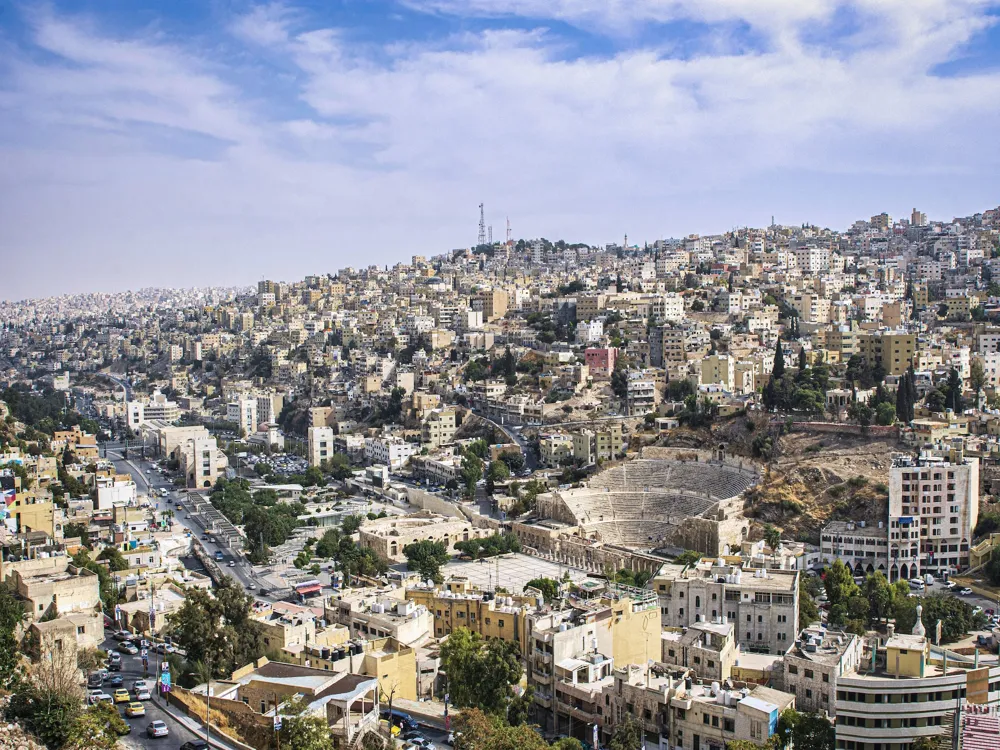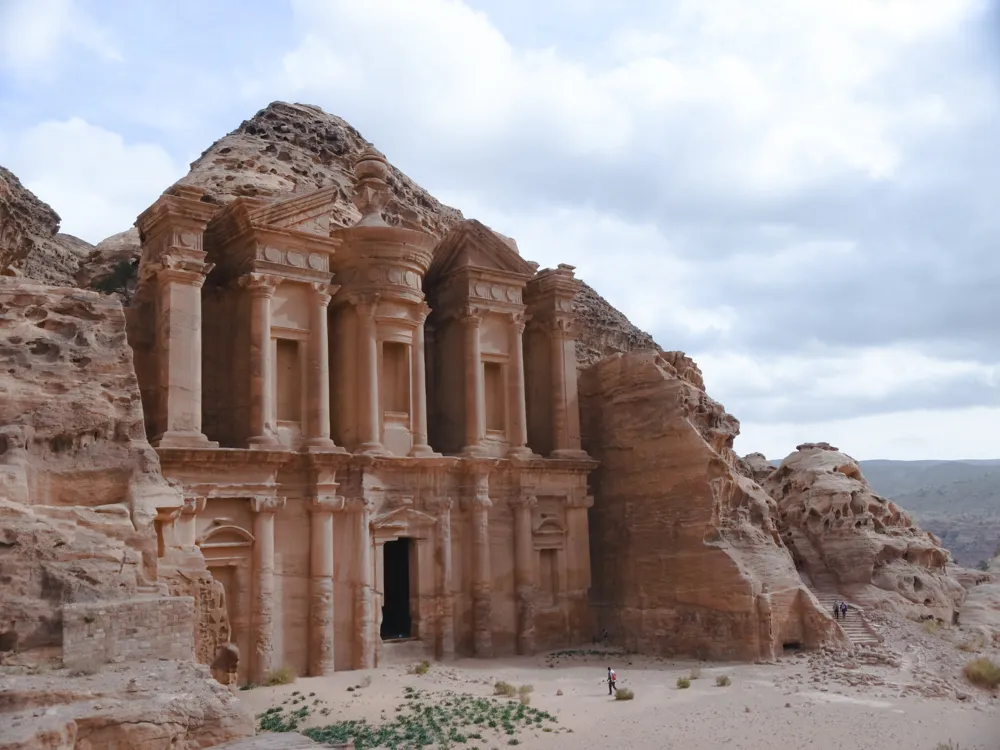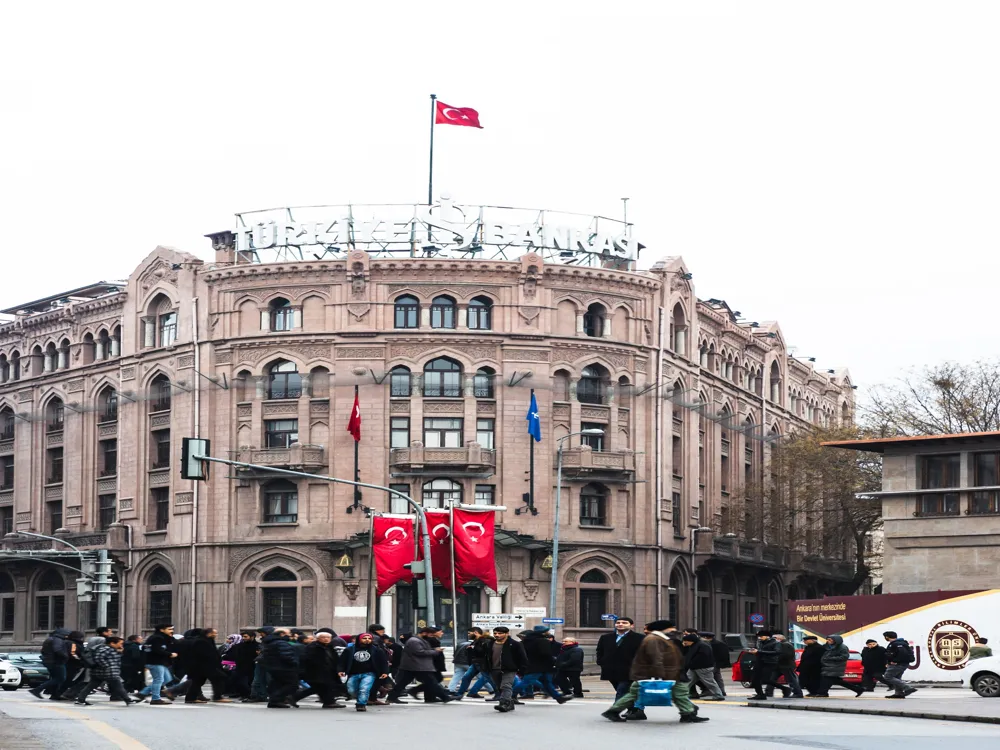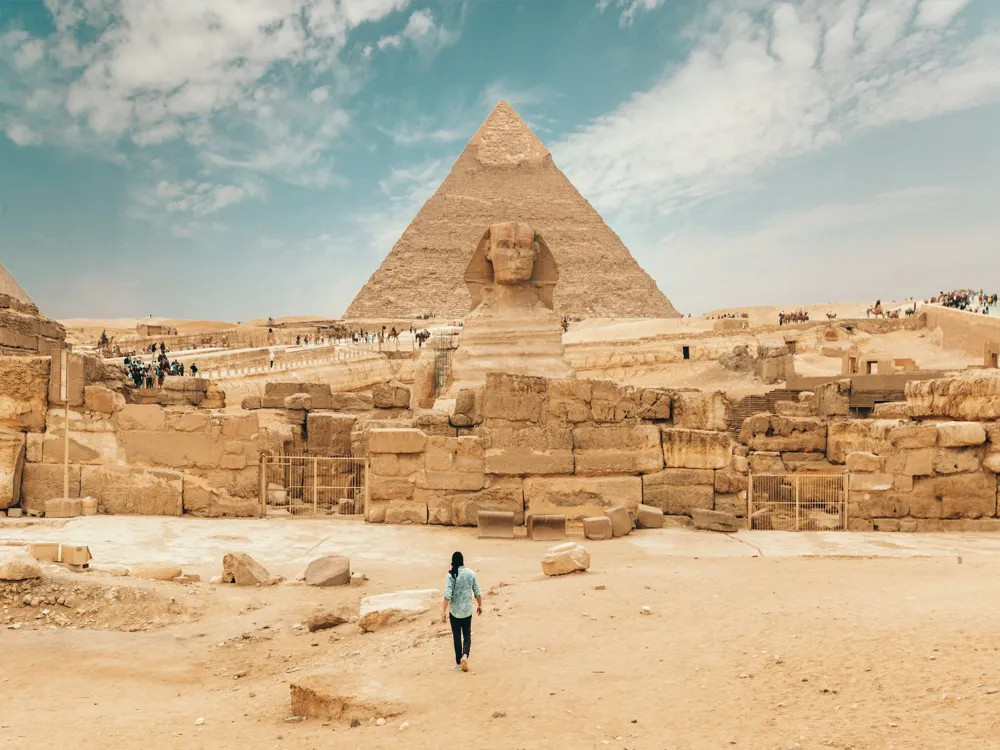Baalbek, Beirut located in the Beqaa Valley of Lebanon, is one of the most ancient and spectacular archaeological sites in the world. Known for its colossal Roman temples, Baalbek was originally a Phoenician city dedicated to the worship of the god Baal. The site includes the Temple of Jupiter, the Temple of Bacchus, and the Temple of Venus, showcasing the grandeur of Roman architecture and engineering. The architecture of Baalbek is a testament to the ingenuity and skill of its builders. The Temple of Jupiter, one of the largest Roman temples ever constructed, features 54 giant granite columns, each standing 21 meters high. The Temple of Bacchus is considered one of the best-preserved Roman temples in the world, richly decorated with sculptures and friezes depicting mythological scenes. It's best to visit Baalbek in the spring or autumn to avoid the extreme summer heat. Early morning visits are recommended to experience the site in the cooler hours and softer light. Consider hiring a local guide to gain deeper insight into the history and architecture of Baalbek. Guides can provide context to the ruins and share stories that are not available in guidebooks. While Baalbek is generally safe for tourists, always check travel advisories before your trip. Be respectful of the archaeological site, follow the designated paths, and do not climb on the ruins. Baalbek is accessible by road from Beirut. The journey takes approximately 2 hours by car. Buses and service taxis also run between Beirut and Baalbek, but hiring a private vehicle is recommended for convenience and flexibility. For an organized trip, many tour companies offer day trips from Beirut that include transportation and a guided tour of the site. Read More:Overview of Baalbek
Architecture of Baalbek
Tips When Visiting Baalbek
Planning Your Visit
Guided Tours
Safety and Respect
How To Reach Baalbek
Baalbek
Beirut
NaN onwards
View beirut Packages
Weather :
Tags : City
Entry Fees : Entry fee to the archaeological site is 15,000 LBP (adults) and 10,000 LBP (students)
Planning a Trip? Ask Your Question
Beirut Travel Packages
View All Packages For Beirut
Top Hotel Collections for Beirut

Private Pool

Luxury Hotels

5-Star Hotels

Pet Friendly
Top Hotels Near Beirut
Other Top Ranking Places In Beirut
View All Places To Visit In beirut
View beirut Packages
Weather :
Tags : City
Entry Fees : Entry fee to the archaeological site is 15,000 LBP (adults) and 10,000 LBP (students)
Planning a Trip? Ask Your Question
Beirut Travel Packages
View All Packages For Beirut
Top Hotel Collections for Beirut

Private Pool

Luxury Hotels

5-Star Hotels

Pet Friendly







